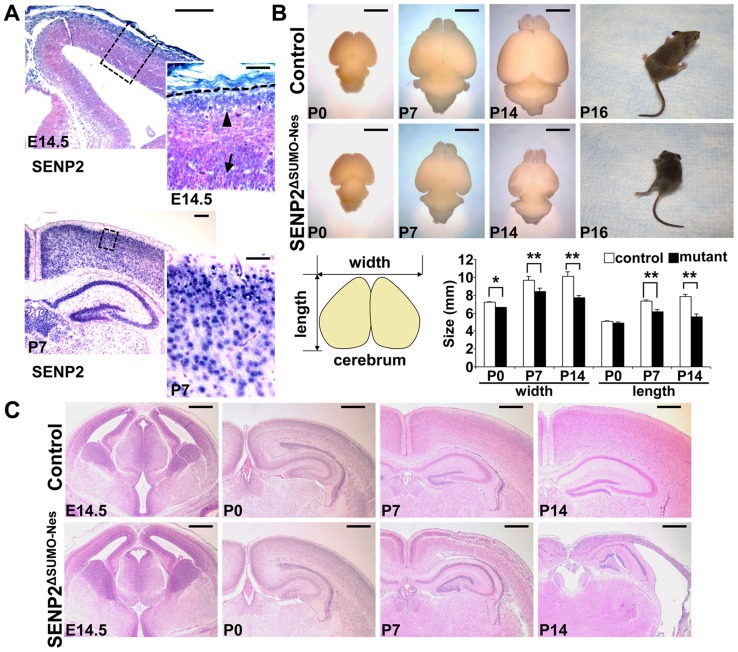Figure 1. Disruption of SENP2 in the neural progenitors causes neurodegeneration.
(A) In situ hybridization analysis shows the expression of SENP2 in the neural progenitors and differentiated cells in the mouse cerebral cortex at embryonic day 14.5 (E14.5), postnatal day 7 (P7). Arrow, arrowhead and broken line indicate neural progenitors in the subventricular zone, differentiated cells in the cortical plate and outer edge of the cerebral cortex, respectively. Enlargement of the insets are shown at right. (B) Images show gross morphology of the control and SENP2ΔSUMO-Nes brains at P0, P7 and P14, and development of paralysis in the SENP2 mutant (100%, n = 20). Graph illustrates reduction of the brain size caused by the SENP2 deletion (*, p<0.05; **, p<0.01, n = 3). (C) Hematoxylin and eosin staining analyzes development of the control and SENP2ΔSUMO-Nes brains at E14.5, P0, P7 and P14. The genotype for control mice is Nestin-Cre; SENP2SUMOFx/+ or SENP2SUMOFx/Fx. Scale bars, 250 µm (A, left panel); 50 µm (A, right panel); 3 mm (B); 500 µm (C).

